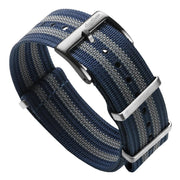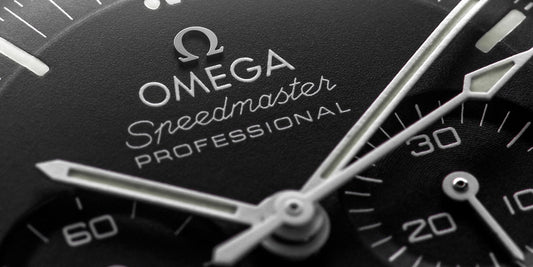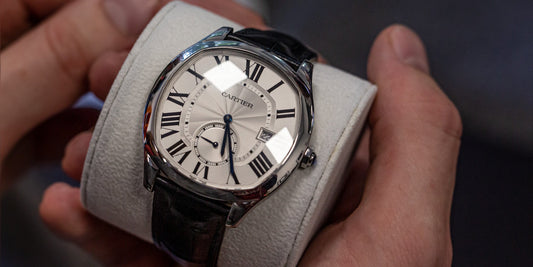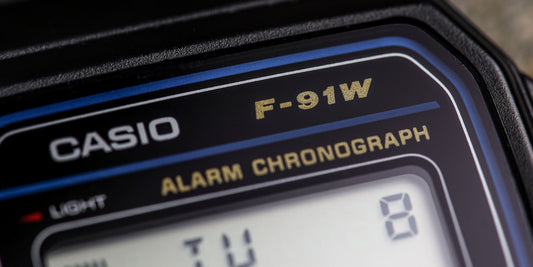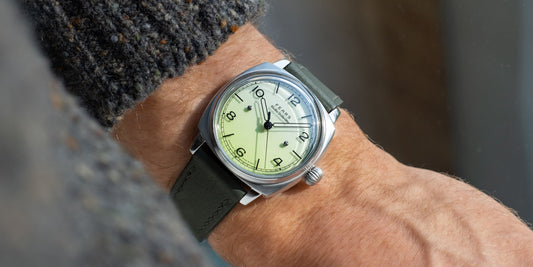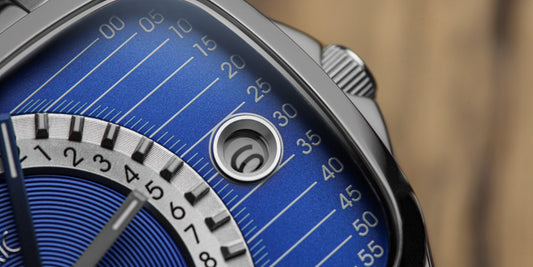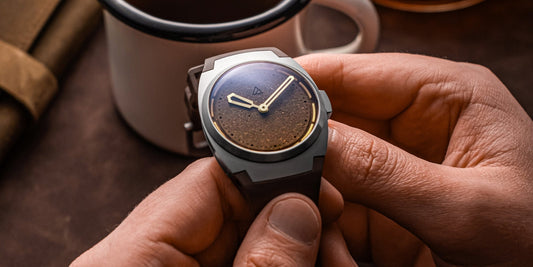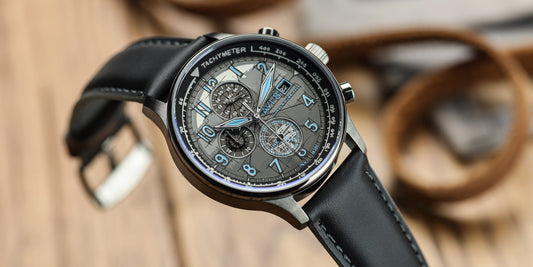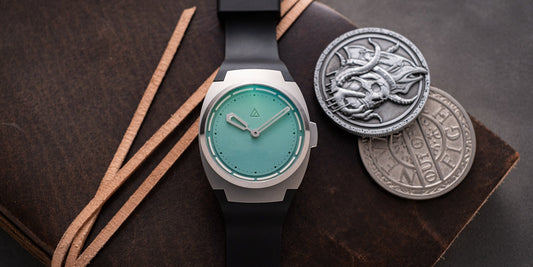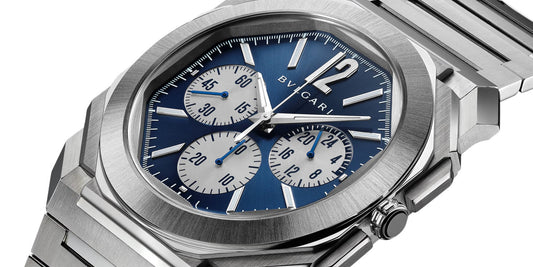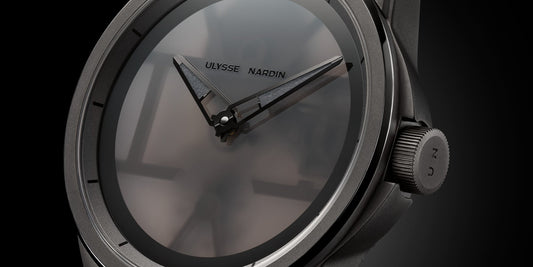The Hamilton Khaki Field model line is, without a doubt, one of the most popular and best-selling product families in watchmaking. Not only is Hamilton, a historic brand now a member of the Swatch Group, able to offer incredible build quality and specifications for the price but is also a brand that has carved for itself a reputation as a maker of rugged, reliable, daily wears that appeal to the EDC-obsessed community.
Of these products, perhaps no other range receives more lip service than the Khaki Field. It has a clean, classic, overtly military aesthetic. The cases are relatively slim, with a stout and manageable lug-to-lug that is even more manageable thanks to the lugs sweeping down towards the wrist. The mechanical movements, both hand-wound and automatic, offer high performance with power-reserve boosting modifications that mean you can expect them to run for much longer than your bog-standard ETA equivalent calibres (upon which the design of the H-10 automatic and the H-50 Manual are based).
On a full wind, both the H-10 and H-50 afford their wearers an incredible 80-hour run time. Considering both the automatic (£640) and manual (£545) Khaki Field are so competitively priced, you might not feel the need to decide between them and instead opt to buy them both! However, if you’re looking to draw a line between the two models, let’s compare and contrast some of the key features that might sway you one way or another.
Right off the bat, the best way to frame the Automatic is by describing it as an “elevated” product. In many areas that I’ll touch on, Hamilton has “upgraded” components in a sense, but that is not at all to say they are categorically better; they are simply different, perhaps more expensive to create but not necessarily to your preference.
Let’s begin with the strap: the mechanical comes on a tough, woven fabric strap with cool metal eyelets in the tail end for the pin. Meanwhile, the automatic is presented on either a brown or black leather strap or a metal bracelet (the latter version carries a premium price tag of £715).
This is a perfect example of Hamilton “elevating” or, to use a ridiculous term I just made up, “dressifying” the product. And the point about personal preference couldn’t be more relevant as I actually favour fabric over leather when it comes to a field watch.
Next up the cases: here, there are two main differences. Understandably, the automatic is thicker. It measures 11.5 mm tall on the wrist while the manual (which Hamilton markets as the “mechanical”, presumably to distinguish it from the quartz version) is just 9.5 mm thick. Given they share the same case diameter (38 mm) that’s quite an obvious difference and is a massive tick in the positives column for the manual if you are considering wearing this rough and ready watch on a double-ply strap such as a British Military Strap or a Zulu.
The only drawback of that increased case gracility is the drop off in water resistance. The mechanical is only water resistant to 50 meters while the auto has a much more respectable 100 m depth rating. Honestly, this is a huge disappointment and an almost unbelievable oversight from the design committee. We know that it’s possible to get watches of these proportions water resistant to 10 bar (the NOMOS Club is 36 mm wide and just 8.2 mm thick and boasts a 10 ATM rating courtesy of a double gasketed crown, to use a real-world example), so why couldn’t Hamilton have pushed the boat out here and achieved the same?
Furthermore, the manual has a closed case back while the automatic has a display back, showing off the modestly decorated rotor. Again, I would personally prefer a closed case back on a true field watch, but the automatic version is positioned as the caravaner to the manual’s camper.

The biggest visual difference between the cases (and this is a big one) is the finish applied to the bezel. On the Hamilton Khaki Field automatic it is highly polished. Over on the humbler mechanical, however, we see a brushed surface. The effect this has on the overall character of the watch cannot be understated. And it doesn’t end there. The flashiness of the automatic is continued on the dial…


A multi-level, decorated and glossier dial communicates the time tracked by the automatic to its wearer. In stark contrast, the mechanical sports a matte black, totally flat dial and more “traditional” Western Arabic numerals that recall the earliest trench watches of the First World War, which would go on to inspire the creation of this category.
The differences continue in the handset. Again, shiny surfaces are the order of the day for the automatic version. A muted but satisfyingly legible handset is instead fitted to the manually wound mechanical model. By this point, you can probably guess in which direction I’m leaning…
Of course, the choice is extremely personal. To its credit, the automatic is easily the most versatile of the two (and would be a fine one-watch collection thanks to its ability to be dressed up or down), it is water resistant to 100 meters (a huge plus), and, well, it’s automatic. That alone will be enough to sway it for a lot of people.

It also is very fairly priced and doesn’t come at a crazy premium over the manual variant. That’s refreshing to see. Hamilton is acknowledging here that the difference in terms of production costs and time is marginal and has chosen instead to allow its audience to simply pick their preference while mitigating the possibility that price could be a deciding factor.
But for me, only one of these is a real field watch. The Hamilton Khaki Field Mechanical is an incredible value proposition and one of the tightest, most on-script designs on the market today. It’s so crisp and execution of a concept that it should be considered the dictionary definition thereof. My favourite one in the lineup? Reference H69439931. Let us know yours in the comments below and let the debate begin!
















